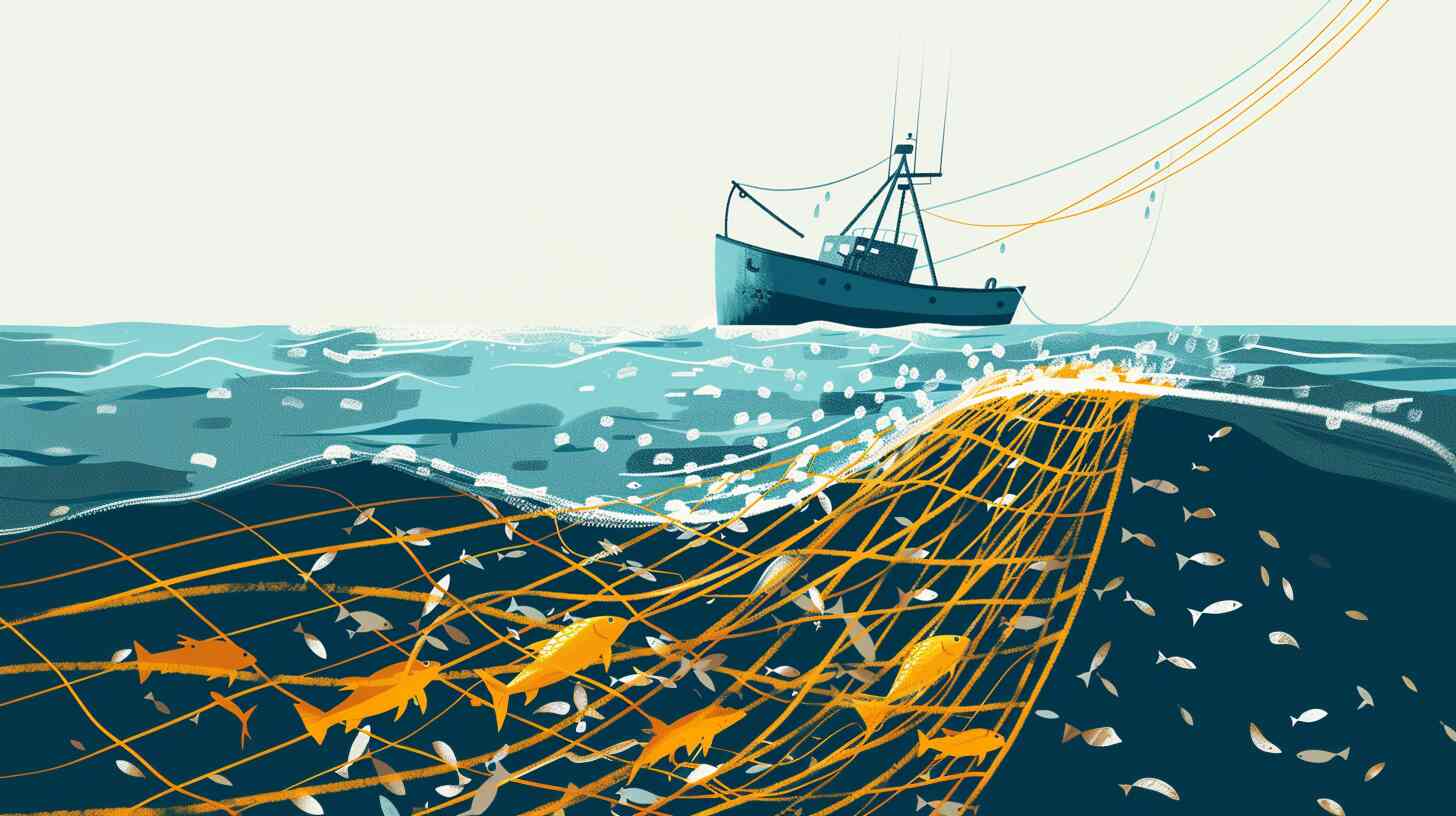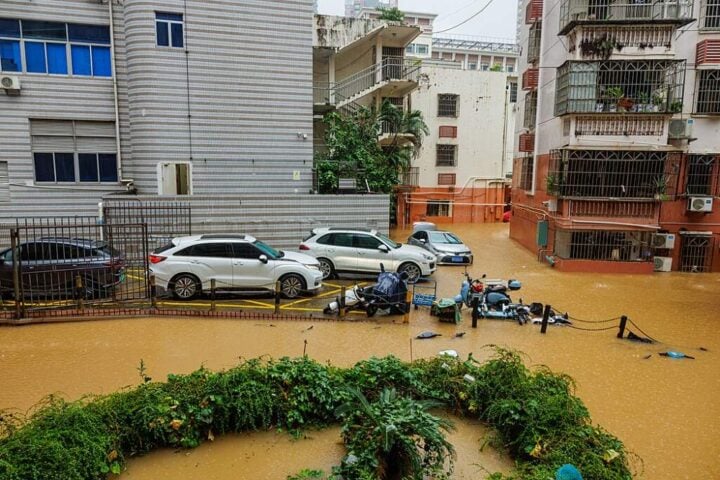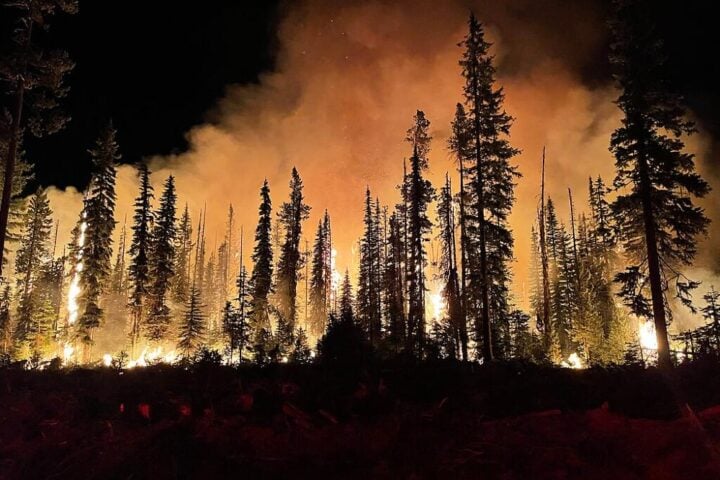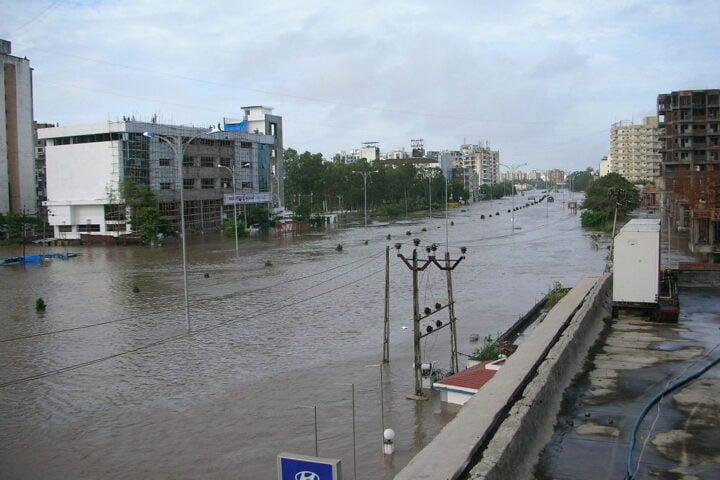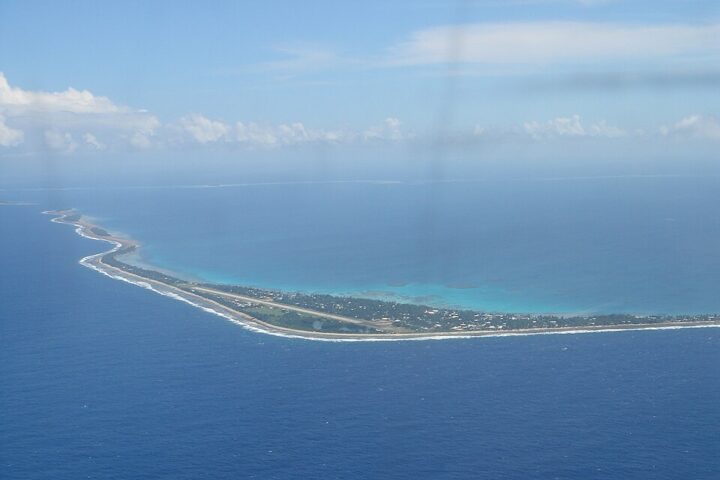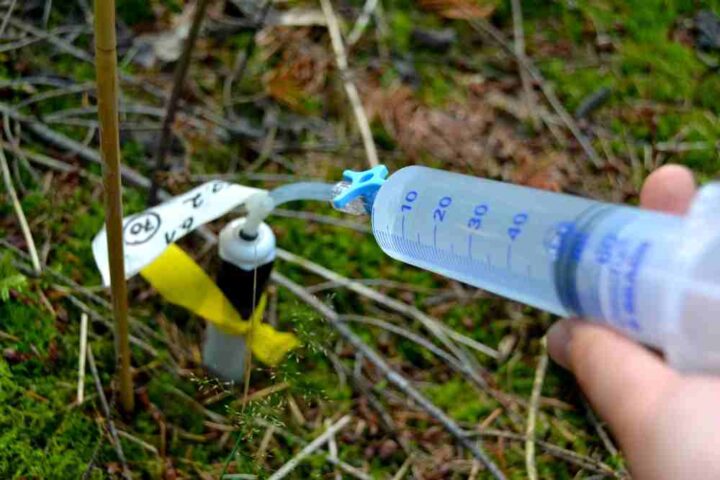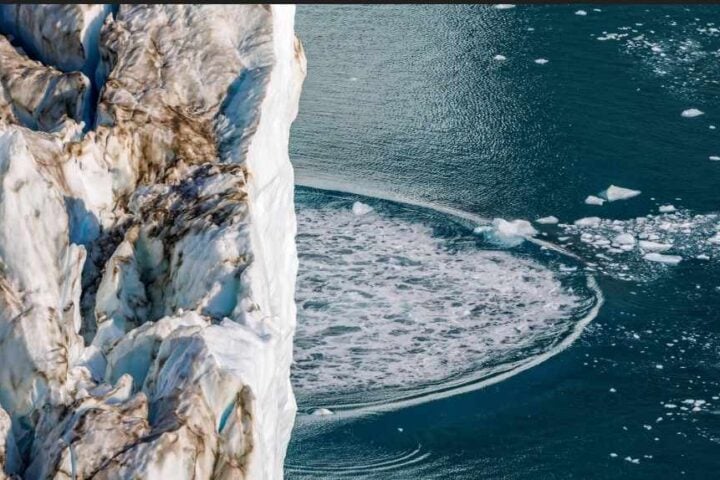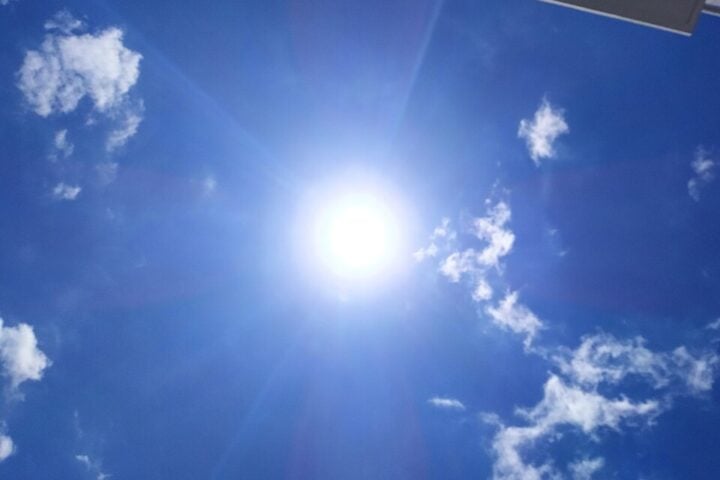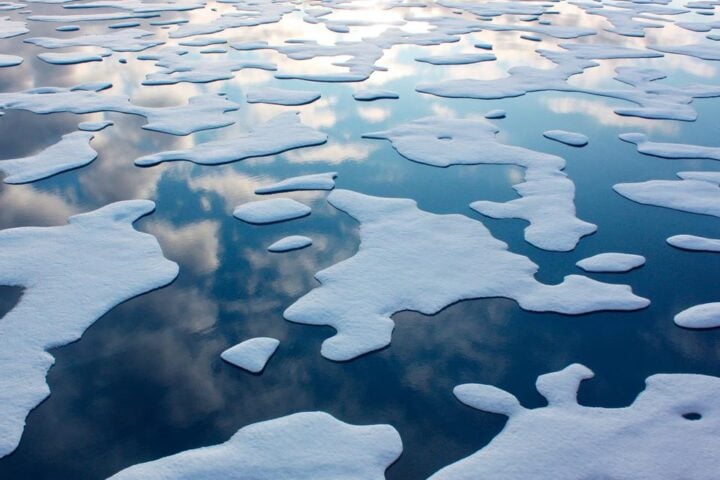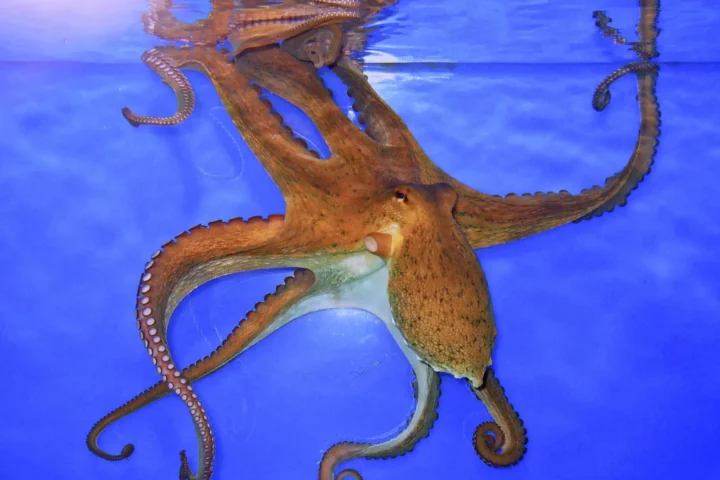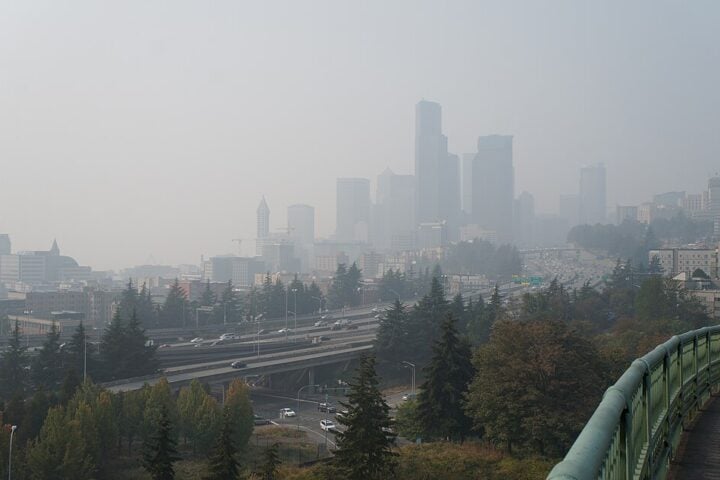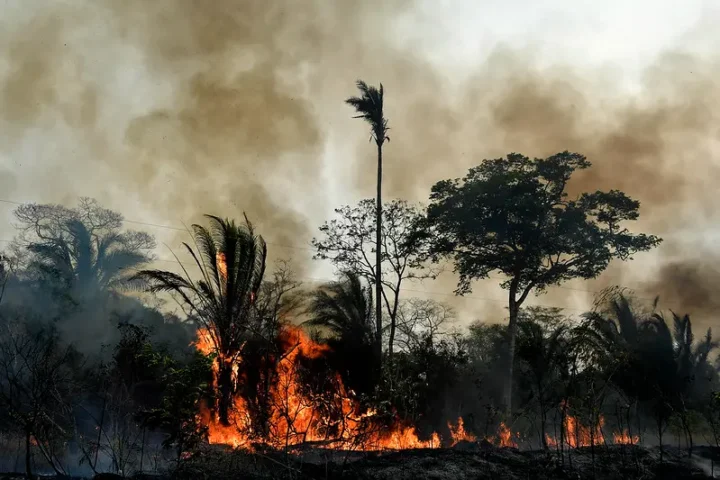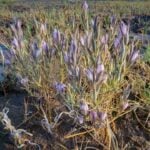A recent study led by Trisha Atwood from the Quinney College of Natural Resources reveals that bottom trawling is one of the major causes of carbon pollution. Bottom trawling is dragging heavy fishing nets across the ocean floor. The research shows that this act is responsible for releasing up to 370 million metric tons of carbon dioxide into the atmosphere every year.
The greatest impact on climate is caused by bottom trawling in the East China, Baltic, North, and Greenland Seas. According to the study, 55-60% of the carbon dioxide generated because of the disruption in marine sediments by bottom trawling finds its way from the ocean into the atmosphere within nine years. This is a large amount of carbon footprint.
The estimated carbon footprint of the worldwide fishing sector has risen by more than 200% when the amount of carbon discharged into the atmosphere annually as a result of bottom trawling.
Bottom trawling unleashes plumes of carbon which otherwise would be buried for millennia in the ocean floor. Our study is the very first to show that over half the carbon released by bottom trawling eventually escapes into the atmosphere as carbon dioxide over the span of 10 years, contributing to global warming.
Trisha Atwood, Associate Professor. Department of Watershed Sciences and Ecology Center.
For determining the amount of carbon dioxide emission through bottom trawling activity that ultimately makes its way to the atmosphere, the researchers used advanced ocean models and data on bottom trawling activity worldwide between 1996-2020.
A team of climate and ocean experts from Utah State University, NASA Goddard Institute for Space Studies, the University of California, Santa Barbara, Columbia University, James Cook University, and the National Geographic Pristine Seas, conducted the study, “Atmospheric CO2 Emissions and Ocean Acidification from Bottom-Trawling”.
This work expands upon Atwood’s earlier research, which measured the amount of carbon disturbed by global bottom trawling. However, the earlier work did not estimate the amount of carbon released into the atmosphere as carbon, which is a crucial bit of data for climate policy.
Similar Posts
The study reveals the places where carbon emissions are higher than usual, which include the East China Sea, the Baltics, the North Sea, and the Greenland Sea. As there is currently insufficient information available on the amount and extent of bottom trawling in these regions, the researchers came to the conclusion that trawling in Southeast Asia, the Bay of Bengal, the Arabian Sea, parts of Europe, and the Gulf of Mexico is also likely to be an important contributor to carbon emissions.
There are more issues with bottom trawling than just the impacts from carbon – biodiversity and sustainability for instance. But this ‘marine deforestation’ is large enough to be noted and assessed. Hopefully this can lead to policy efforts that can try to maximize benefits across all of the impacts.
Gavin A. Schmidt, the director of the NASA Goddard Institute for Space Studies and coauthor of the research.
According to the researchers, countries do not currently include bottom trawling’s huge carbon emissions in their climate action plans, and they suggest that lowering bottom trawling’s carbon emissions might have a major positive impact on reducing carbon emissions in the foreseeable future.
The study also evaluated what happens to the carbon that is left trapped in ocean waters following bottom trawling. The research came to the conclusion that 40–50% of the carbon that is removed from the ocean floor by trawling stays in the water as carbon dioxide, which might cause more localized ocean acidification, which in turn could harm plants and animals nearby.
